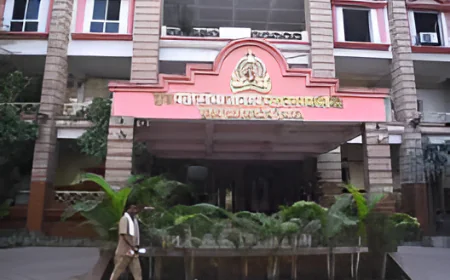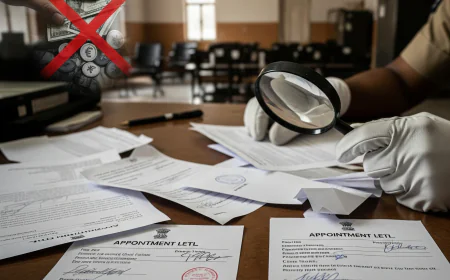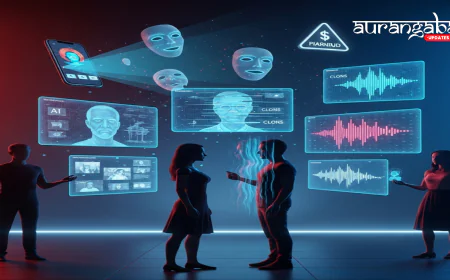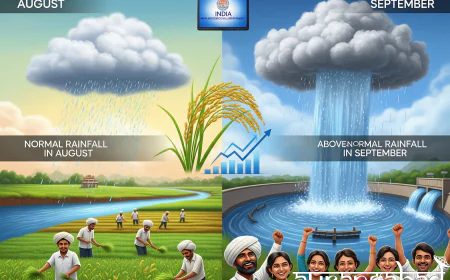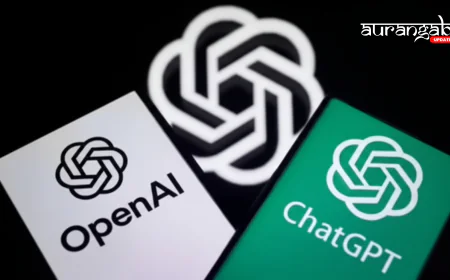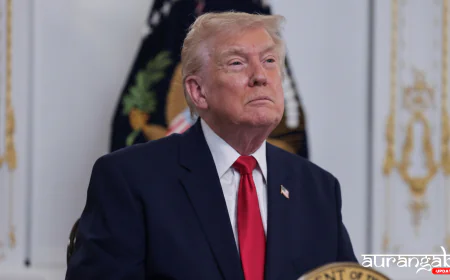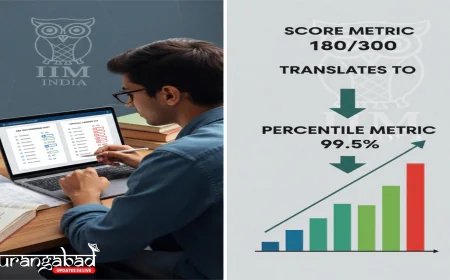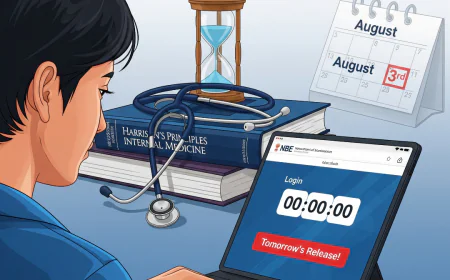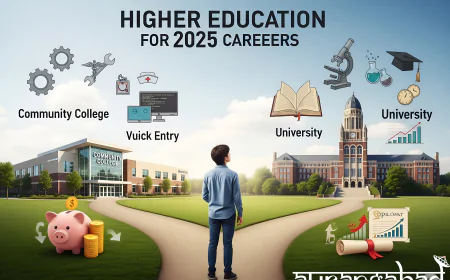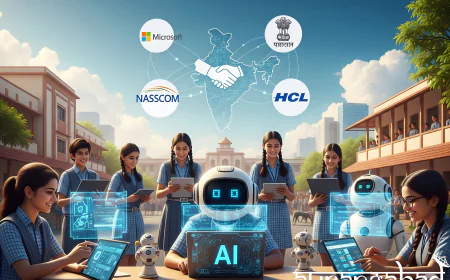H-1B Visa Cap FY 2026 Reached: Implications for US Immigrants
The H-1B visa cap for Fiscal Year 2026 has been reached, triggering a competitive lottery. This impacts thousands of international students, recent graduates, and working professionals seeking to live and work in the US. Understand the implications and alternative visa pathways.
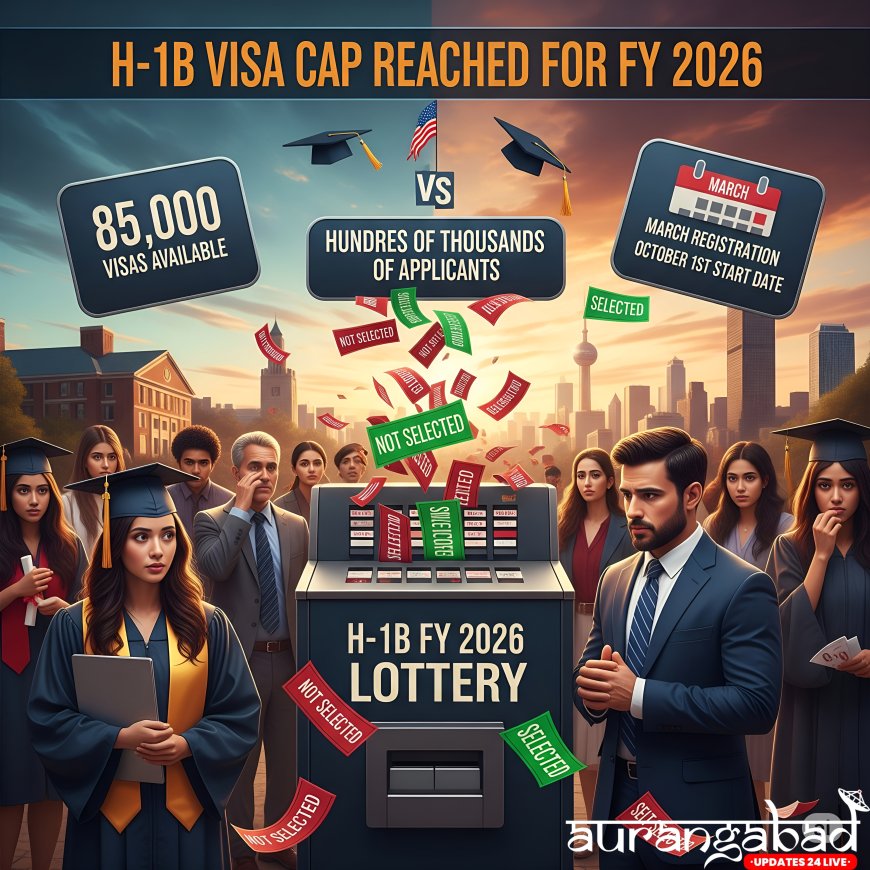
WASHINGTON D.C.: The annual numerical cap for the coveted H-1B visa, which allows U.S. employers to temporarily employ foreign workers in specialty occupations, has officially been reached for Fiscal Year 2026. This development, an annual fixture in the U.S. immigration landscape, signals yet another intensely competitive cycle for hundreds of thousands of international students, recent graduates, and working professionals aspiring to build careers in the United States. The demand for these visas consistently far outstrips the limited supply, leading to a high-stakes lottery system that leaves many in a state of uncertainty and compels a re-evaluation of career and immigration strategies.
The H-1B visa program is a cornerstone of U.S. immigration for skilled foreign talent. Designed for occupations requiring a bachelor's degree or higher in a specialized field (such as technology, engineering, medicine, or finance), it serves as a critical bridge for many international students to transition from academic pursuits to professional careers in the U.S. Similarly, it enables U.S. companies to attract and retain specialized talent from around the globe to fill skill gaps in the domestic workforce. However, the fixed annual cap creates a bottleneck that has significant repercussions across various segments of the immigrant and professional community.
Understanding the H-1B Visa Program and Its Numerical Cap
The H-1B visa program operates under strict numerical limitations imposed by Congress. For each fiscal year, a total of 85,000 new H-1B visas are made available. This annual cap is divided into two primary categories:
-
Regular Cap: 65,000 visas are allocated for all eligible H-1B petitions.
-
U.S. Master's Cap (or "Advanced Degree Exemption"): An additional 20,000 visas are reserved for beneficiaries who have earned a U.S. master's degree or higher from a U.S. institution of higher education. These petitions are exempt from the regular 65,000 cap, giving U.S. advanced degree holders a slightly higher chance of selection.
The fiscal year begins on October 1st. U.S. Citizenship and Immigration Services (USCIS) typically opens the H-1B cap registration period in March, allowing employers to register prospective employees for the lottery. Given the overwhelming demand—often three to four times the available visas—USCIS conducts a random lottery to select the required number of registrations. Only those selected in the lottery are then eligible to file a full H-1B petition.
The fact that the cap for FY 2026 has already been reached underscores the immense global talent pool looking to work in the U.S. and the aggressive hiring strategies of U.S. companies seeking specialized skills. For those not selected, the dream of working in the U.S. on an H-1B visa for the upcoming fiscal year is put on hold, at least for now
The H-1B Lottery: A High-Stakes Game of Chance
The H-1B lottery has become a defining, and often frustrating, feature of the U.S. immigration system for skilled workers. The electronic registration process, introduced to streamline the lottery, still means that selection is purely a matter of random chance. Companies and individuals invest significant resources in preparing for and submitting registrations, only to face the high probability of disappointment.
The uncertainty generated by the lottery impacts everyone involved. For applicants, particularly international students, the lack of guaranteed selection creates immense stress and forces them to constantly devise backup plans. For employers, it complicates workforce planning, making it difficult to predict whether they will be able to secure the necessary talent for their projects and operations. This element of chance, rather than merit or critical skill shortages, often dictates who gets to work in the U.S., a point of contention in ongoing immigration reform debates.
Impact on International Students and Recent Graduates
International students (on F-1 visas), especially those pursuing STEM (Science, Technology, Engineering, Mathematics) fields, are among the most significantly impacted by the H-1B cap being reached. Many rely on the H-1B visa as the primary pathway to transition from their Optional Practical Training (OPT) or STEM OPT Extension status to long-term employment in the U.S.
-
Limited Post-OPT Options: For those not selected in the lottery, their ability to continue working legally in the U.S. beyond their OPT or STEM OPT expiration date becomes severely restricted. This forces many to either seek cap-exempt employment (often in academia or non-profit research), pursue further education, or return to their home countries.
-
Career Planning Challenges: The H-1B uncertainty makes long-term career planning in the U.S. extremely challenging. Students often choose their fields of study and academic institutions based on potential career prospects, which are heavily influenced by visa availability.
-
Pressure to Find Cap-Exempt Roles: The competition for cap-exempt positions at universities or non-profit research organizations intensifies, as these become the only viable options for continued employment for many.
Challenges for Working Professionals and U.S. Employers
The H-1B cap also creates significant hurdles for experienced working professionals already in the U.S. on other visa types (e.g., L-1 dependent spouses seeking independent employment) or those looking to immigrate from abroad. Companies often struggle to hire critical global talent directly from overseas or to retain valuable employees whose current visa status may be expiring.
-
Talent Shortages: Industries, particularly technology, continually face skill shortages in specialized areas. The H-1B cap limits their ability to bring in the best global talent to fill these gaps, potentially hindering innovation and competitiveness.
-
Recruitment Difficulties: Employers find it challenging to recruit highly skilled foreign nationals when the primary work visa pathway is subject to a lottery with low odds. This can force companies to offshore operations or look for talent in other countries.
-
Retention Issues: Companies may lose valuable international employees who are unable to secure an H-1B and are forced to leave the U.S. once their other visa options expire.
Exploring Alternative Pathways
For those who are not selected in the H-1B lottery, or for whom the H-1B is not a suitable option, several alternative visa pathways exist, though each comes with its own set of eligibility requirements and limitations:
-
L-1 Visa (Intra-company Transferee): For individuals transferred from a foreign branch of a company to a U.S. office. Requires prior employment with the foreign affiliate.
-
O-1 Visa (Extraordinary Ability): For individuals who possess extraordinary ability in the sciences, arts, education, business, or athletics. This visa has very high standards and no annual cap.
-
E-3 Visa (Specialty Occupation Professionals from Australia): A specific H-1B-like visa for Australian citizens. It has an annual cap (10,500) but is rarely reached.
-
TN Visa (NAFTA/USMCA Professionals): For Canadian and Mexican citizens working in specific professional occupations.
-
Cap-Exempt Employment: As mentioned, employment with universities, non-profit research organizations affiliated with universities, or government research organizations is generally exempt from the annual H-1B cap.
-
Green Card Sponsorship (EB-2/EB-3): Some employers may choose to sponsor employees directly for a permanent residency (Green Card) through employment-based categories. However, this is a longer process, often involving significant waiting times depending on the applicant's country of origin.
-
Further Education: Returning to school for a higher degree can provide another period of OPT eligibility and a chance to re-enter the H-1B lottery in subsequent years.
The Ongoing H-1B Debate and Future Outlook
The H-1B visa program remains a central point of debate in U.S. immigration policy. Advocates for increasing the cap, including major tech companies and business groups, argue that it is crucial for maintaining America's competitive edge in innovation and attracting top global talent. They point to persistent skill shortages in critical sectors that cannot be met solely by the domestic workforce.
Conversely, some labor organizations and critics argue against increasing the cap, citing concerns about potential job displacement for U.S. workers and advocating for reforms to prevent perceived misuse of the program.
The future of the H-1B program is likely to remain dynamic, subject to economic conditions, political shifts, and ongoing legislative debates. For individuals impacted by the cap being reached for FY 2026, resilience, adaptability, and strategic planning for alternative pathways are paramount. The H-1B lottery may be a game of chance, but understanding the broader immigration landscape and preparing for various contingencies remains the best course of action.







